Welcome to the Ultimate Guide to Raising Araucana Chickens! Whether you’re a seasoned farmer or a backyard enthusiast, Araucana chickens offer a unique and rewarding experience. In this comprehensive guide, we’ll delve into everything you need to know about Araucana chicken farming, from breed profiles and farming economics to diet and care tips. Explore the fascinating world of Araucana chickens, learn how to provide them with the best care, and discover the joys of raising these charming birds right in your backyard.
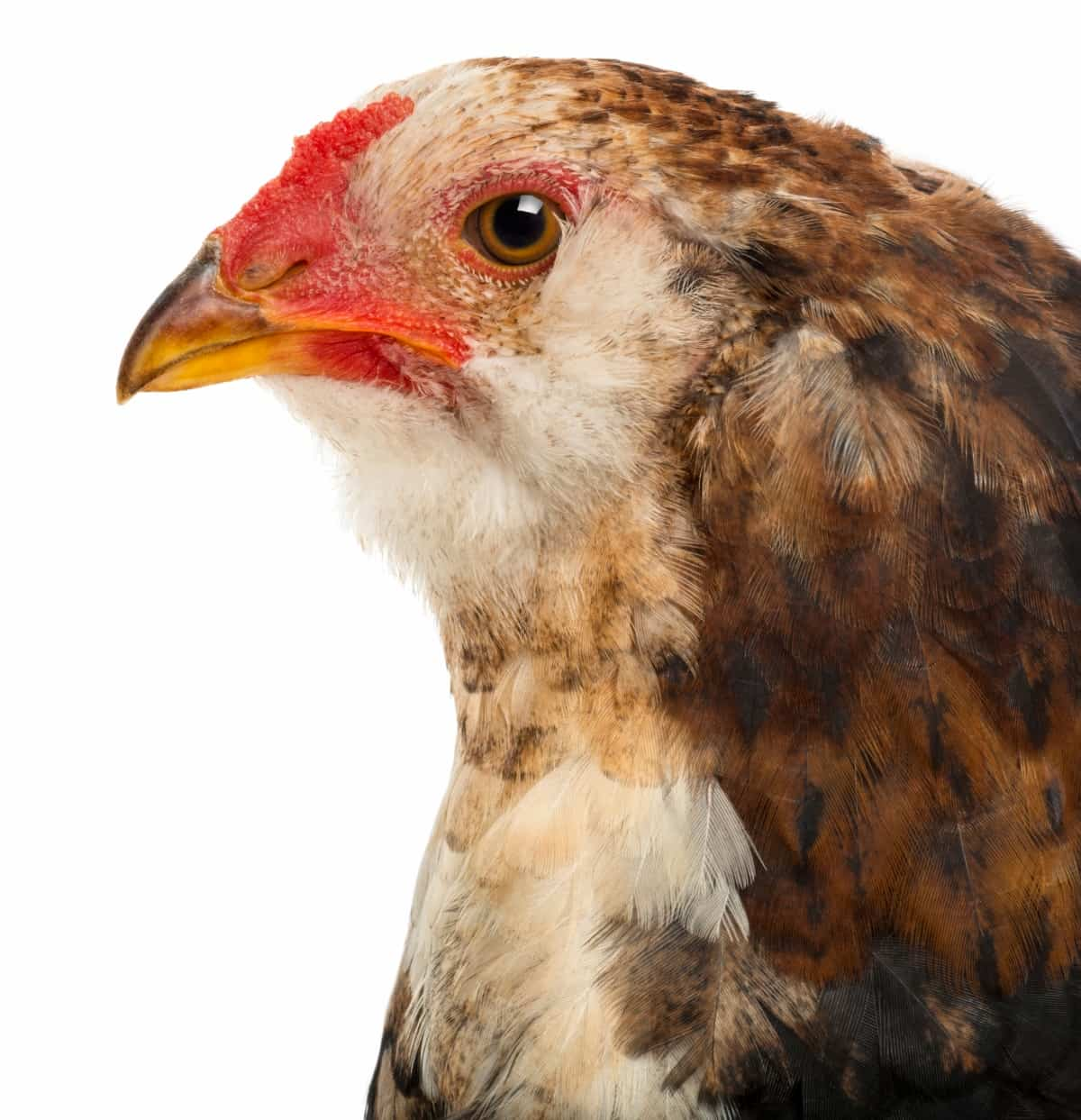
Raising Araucana Chickens
Introduction to Araucana Chickens
The Araucana breed has an interesting history that traces back to South America, specifically the Araucania region in Chile. It is believed that Araucanas were first introduced to the United States in the 1930s. Salvador Castello, a Spanish aviculturist, encountered these chickens during a visit to Chile in 1914 and named them “Gallina Araucana” after the Araucania region. Araucanas are often confused with Ameraucanas and Easter Eggers, but they are distinct breeds with their unique characteristics.
Distinctive Features and Appearance
Araucana chickens have several distinctive features that set them apart from other breeds. They are rumpless, meaning they lack a tail, and some individuals have tufts of feathers on the sides of their heads. These ear tufts are different from the beards found in breeds like Ameraucanas and Silkies. Araucanas also have a broad skull, an upright stance, and an unusual wart-like feature called plicae, where the earlobes are typically seen.
Varieties and Recognized Colors
The American Poultry Association recognizes five color varieties of Araucana chickens: Black, Black, Breasted Red, Golden Duckwing, Silver Duckwing, and White. Each variety has its unique feather plumage, which can include whites, greys, browns, blacks, and speckles. Bantam Araucanas, which are smaller versions of the breed, are also available but are relatively rare.
Araucana Chicken Price
Due to their rarity and unique characteristics, Araucana chickens can be more challenging to find compared to other breeds. Many hatcheries choose not to breed Araucanas due to hatch rate issues caused by genetics. Therefore, if you are looking to add Araucanas to your flock, it is advisable to consult with a breeder who is actively working on developing the breed.
Araucana Chicken Lifespan
Araucana chickens have a 6–8 year lifetime on average, although they may live up to 10 years or more with the right care. Their lifetime may be increased by giving them a healthy food, frequent veterinarian treatment, and a proper habitat.
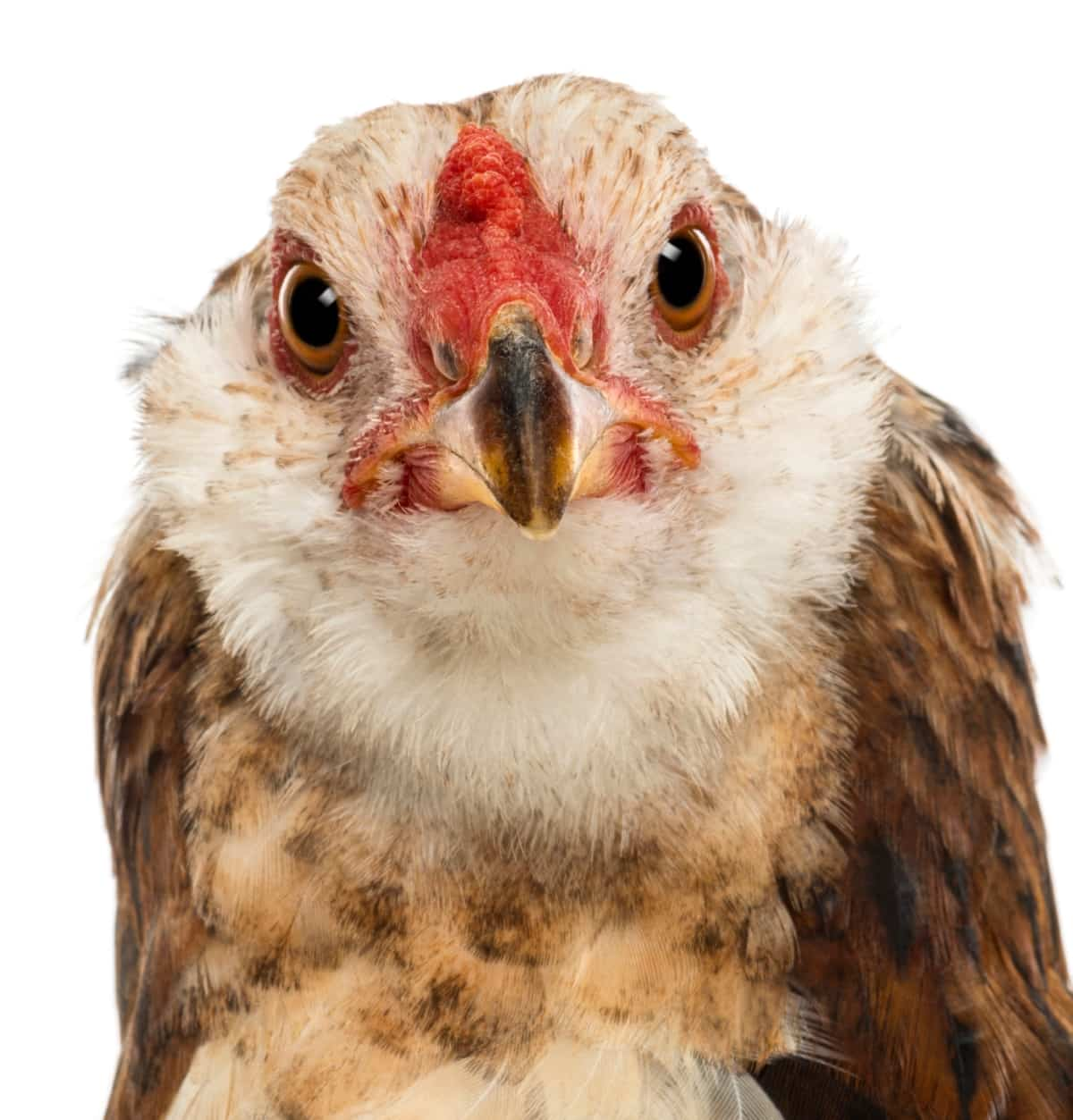
Physical Characteristics of Araucana Chicken
Size and Weight Standards
Araucana chickens come in different sizes, with bantam varieties being smaller than standard-sized ones. Bantam hens typically weigh around 25.75 ounces (730g), while roosters weigh around 28 ounces (800g). Standard-sized Araucanas have varying weights depending on their genetics and diet.
Feathering and Crest Details
Araucanas have a wide range of feather plumage, including whites, greys, browns, blacks, and speckles. Their distinctive feature is the absence of a tail, making them rumpless. Some individuals may also have tufts of feathers on the sides of their heads, known as ear tufts.
Beak, Eyes, and Comb
Araucanas have typical chicken beaks, eyes, and combs. Their beaks are designed for pecking and foraging, their eyes are bright and alert, and their combs can vary in size and shape depending on the individual bird.
Behavior and Temperament of Araucana Chicken
Social Dynamics and Behavior
Araucana chickens are known for their calm and friendly nature. They are generally calm and get along well with other flock members. They tend to be active and enjoy foraging, scratching the ground, and exploring their surroundings. Araucanas are also known for their tendency to go broody, making them excellent mothers if you are interested in hatching chicks.
Interaction with Humans and Pets
With proper handling and socialization, Araucana chickens can become quite tame and enjoy human interaction. They can be trained to eat from your hand and may even enjoy being gently petted. They can also coexist peacefully with other pets, such as dogs and cats, as long as proper introductions and supervision are provided.
Noise Levels and Activity
Araucana chickens are generally moderately quiet compared to some other breeds. They will vocalize with soft clucks and occasional crowing from roosters. Their activity levels vary but are typically moderate, with periods of foraging, dust bathing, and roosting throughout the day.
Housing Araucana Chickens
Coop Design and Space Requirements
When designing a coop for Araucana chickens, it is important to provide adequate space for their comfort and well-being. The general rule of thumb is to allow at least 4 sq ft of coop space per bird. The coop should be well-ventilated and predator-proof and provide roosting bars and nesting boxes for the chickens to rest and lay eggs. Consider using natural materials such as straw or wood shavings for bedding.
Ventilation and Temperature Control
Proper ventilation is maintained for good air quality inside the coop and prevent the buildup of moisture and ammonia. Adequate airflow helps regulate temperature and reduces the risk of respiratory issues. Ensure that the coop has windows or vents opened or closed as needed to maintain a comfortable environment for the chickens.
Safety from Predators
Protecting Araucana chickens from predators is essential. Use sturdy fencing or wire mesh to secure the coop and the outdoor area where the chickens will have access. Consider installing an apron or burying wire mesh perimeter of coop to prevent digging predators from gaining access. Additionally, provides a secure locking mechanism for the coop door to keep predators out at night.
Araucana Chicken Feeding and Nutrition
Basic Dietary Needs
Araucana chickens have similar dietary requirements to other chicken breeds. A balanced diet should consist of a good-quality commercial chicken feed that provides essential nutrients such as protein, carbohydrates, fats, vitamins, and minerals. The feed should be appropriate for the age and life stage of the chickens, whether they are chicks, pullets, or adult birds. Consult with a poultry nutritionist or veterinarian for specific feeding recommendations.
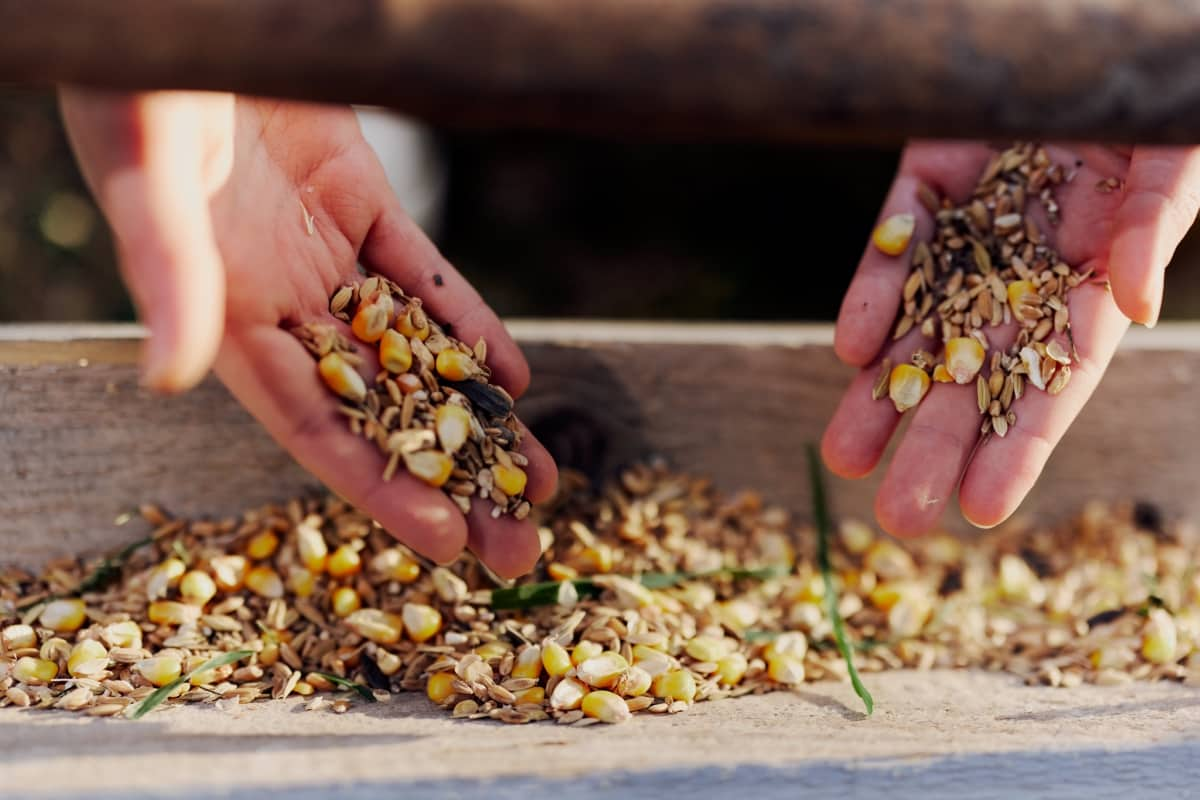
Supplements and Treats
In addition to commercial feed, Araucana chickens can benefit from supplemental treats and foraging opportunities. Offer them fresh fruits, vegetables, and kitchen scraps in moderation. Provide access to grit, which helps with digestion, and offer calcium supplements such as crushed oyster shells to support eggshell production.
Water Access and Management
Clean and fresh water should be available to Araucana chickens at all times. Ensure that the water containers are cleaned regularly to prevent growth of bacteria and algae. During extreme weather conditions, monitor the water supply to prevent freezing in cold temperatures or overheating in hot temperatures.
Health, Wellness, and Care for Araucana Chicken
Common Health Issues and Prevention
Araucana chickens, like any other breed, can be susceptible to certain health issues. Some common health concerns include respiratory infections, parasites, and egg-related problems. To prevent these issues, maintain a clean and dry coop, provide regular veterinary check-ups, practice good biosecurity measures, and ensure a balanced diet for optimal health.
Vaccinations and Parasite Control
Consult with a poultry veterinarian or local agricultural extension office to determine if any specific vaccinations are recommended for Araucana chickens in your area. Implement parasite control program to prevent infestations of external and internal parasites. This may include regular deworming and the use of appropriate pest control products.
Emergency Care and Veterinary Assistance
It is important to have a plan in place for emergencies. Familiarize yourself with common signs of illness or distress in chickens and establish a relationship with a poultry veterinarian who can provide guidance and assistance when needed. Prompt veterinary care can ensur the health and well-being of your Araucana chickens.
Araucana Chicken Egg Production
Laying Frequency and Seasonality
Araucana chickens are known for their ability to lay blue eggs, which is one of the main reasons people are attracted to this breed. They lay around 150-200 eggs per year, although individual variations may occur. The frequency of egg production can be influenced by factors such as age, diet, lighting conditions, and seasonal changes.
Egg Size, Color, and Quality
Araucana eggs are small to medium in size, with variations depending on the individual bird. The most notable characteristic of Araucana eggs is their unique blue-green color. The color is not just on the surface of the shell but throughout the shell itself. The intensity of the blue color among different Araucana individuals.
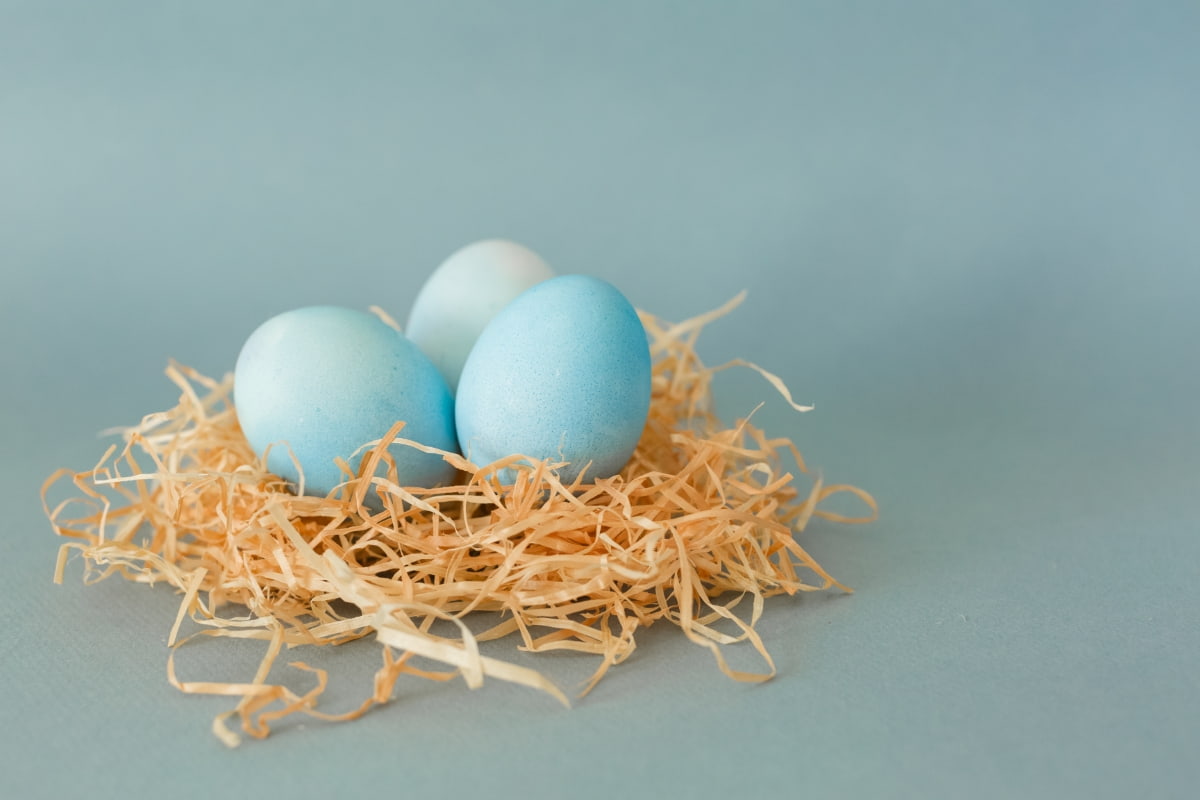
Enhancing Egg Production
To encourage optimal egg production, provide a balanced diet, ensure access to clean water, and maintain a stress-free environment for your Araucana chickens. Adequate lighting, with a minimum of 14 hours of light per day, help stimulate egg production.
Breeding Araucana Chickens
Selecting Breeding Stock
- When selecting breeding stock, it’s crucial to choose healthy and genetically diverse birds that conform to the breed standards. Look for Araucana chickens with rumpless features, distinct ear tufts, and the ability to lay blue eggs.
- Breeding Araucanas for show purposes requires attention to detail, as the lack of a tail is a key consideration in poultry shows. Only blue-laying birds are admitted to poultry shows in the US, and specific standards for skin, shanks, and other physical attributes must be met.
Breeding Techniques and Tips
Breeding Araucana chickens involves complex genetic considerations, especially when aiming to produce rumpless birds and maintain the ability to lay blue eggs. Complicated breeding procedures are involved in creating rumpless birds, and breeders must be aware of the allele issues that can affect hatch rates and chick survival. To enhance fertility and improve hatch rates, breeders may need to trim the fluff on the rear of Araucanas to prevent hindrances during mating. Careful selection of parent stocks and attention to genetic traits are essential for successful breeding.
Incubation and Chick Care
After successful breeding, proper incubation and chick care are crucial for the health and survival of Araucana chicks. Due to the allele issues and mortality rates associated with the breed, breeders must provide optimal conditions for incubation and attentive care for the hatched chicks.
Showing Araucana Chickens
Preparation for Poultry Shows
Prior to poultry shows, meticulous grooming and preparation are essential to showcase Araucana chickens at their best. Attention to the birds’ physical appearance, including the absence of a tail and distinct ear tufts, is crucial for presenting them in poultry shows.
Show Standards and Expectations
Poultry shows and exhibitions in the US have specific standards and expectations for Araucana chickens. Only blue-laying birds are admitted, and breeders must ensure that their birds meet the required standards for skin, shanks, and other physical attributes.
Winning Tips and Strategies
Winning in poultry shows with Araucana chickens requires dedication to breeding and grooming practices that align with the breed standards. Engaging with experienced breeders and judges can provide valuable insights into the specific criteria and expectations for achieving success in poultry shows.
Araucana Chicken Care in Different Climates
Adapting Araucana chickens to different climates requires careful management and attention to their specific needs. Here are some considerations for managing Araucana chickens in various environmental conditions:
Adapting to Cold Conditions
Araucana chickens are hardy birds that can thrive in cold climates. Pea combs are prone to frostbite, so providing adequate shelter and possibly a coop heater during extreme winter conditions is essential to ensure their well-being.
Managing in Hot Weather
While Araucanas originated in warm areas, they have proven to be adaptable to a wide range of weather conditions. Providing shade, access to fresh water, and proper ventilation in the coop are important for managing Araucana chickens in hot weather.
Seasonal Care Adjustments
Seasonal care adjustments for Araucana chickens involve monitoring their comfort and well-being in response to changing environmental conditions. Providing appropriate shelter, ventilation, and access to water are essential aspects of seasonal care adjustments for these adaptable birds.
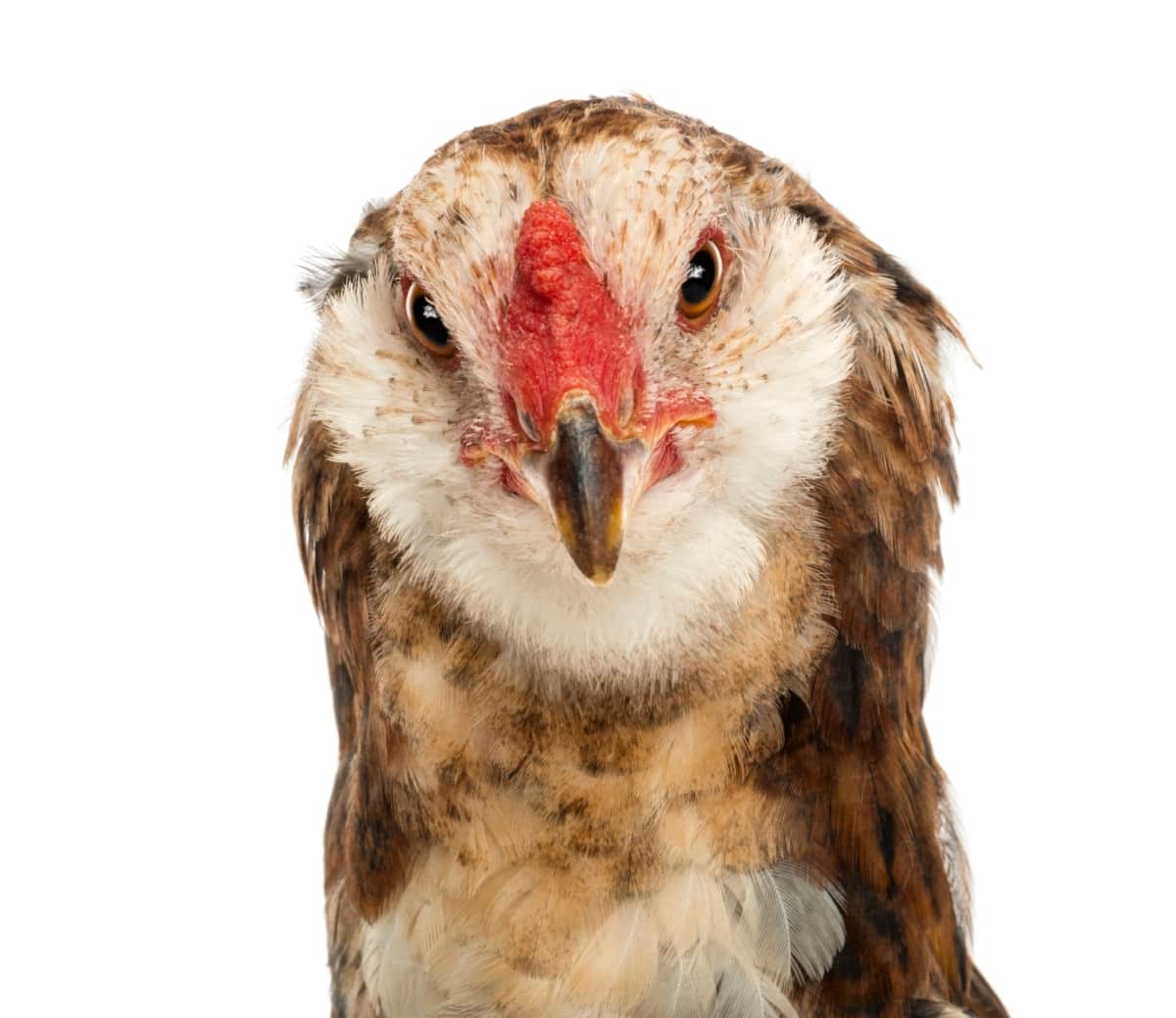
Integrating Araucana Chicken with Other Breeds
Compatibility and Flock Dynamics
When integrating Araucana chickens with other breeds, it’s important to observe flock dynamics and ensure that the birds coexist peacefully. Monitoring interactions and providing adequate space and resources can contribute to harmonious flock dynamics.
Managing Mixed Flocks
Managing mixed flocks involves understanding the social dynamics and hierarchy within the flock. Providing multiple feeding and watering stations, as well as observing interactions, can help minimize conflicts and ensure the well-being of Araucana chickens within mixed flocks.
Avoiding Bullying and Crest Damage
Araucana chickens, with their distinctive features such as ear tufts, may require protection from potential bullying or damage from other flock members. Observing interactions and providing a safe environment can help prevent bullying and protect the unique characteristics of Araucana chickens.
Conclusion
raising Araucana chickens offers a unique and rewarding experience. Understanding their breed profile, farming economics, diet, and care is essential for successful poultry farming ventures, ensuring the well-being of these fascinating birds.
- Types of Pesticides Used in Agriculture: A Beginner’s Guide
- Economical Aquaculture: A Guide to Low-Budget Fish Farming
- 15 Common Planting Errors That Can Doom Your Fruit Trees
- How to Make Houseplants Bushy: Effective Tips and Ideas
- Innovative Strategies for Boosting Coconut Pollination and Yield
- Pollination Strategies for Maximum Pumpkin Yield
- The Complete Guide to Chicken Fattening: Strategies for Maximum Growth
- Natural Solutions for Tulip Problems: 100% Effective Remedies for Leaf and Bulb-Related Issues
- Revolutionizing Citrus Preservation: Towards a Healthier, Greener Future
- Natural Solutions for Peony Leaf and Flower Problems: 100% Effective Remedies
- Maximizing Profits with Avocado Contract Farming in India: A Comprehensive Guide
- Natural Solutions for Hydrangea Problems: 100% Effective Remedies for Leaf and Flowers
- The Ultimate Guide to Choosing the Perfect Foliage Friend: Bringing Life Indoors
- From Sunlight to Sustainability: 15 Ways to Use Solar Technology in Agriculture
- The Ultimate Guide to Dong Tao Chicken: Exploring from History to Raising
- The Eco-Friendly Makeover: How to Convert Your Unused Swimming Pool into a Fish Pond
- Mastering the Art of Delaware Chicken Farming: Essentials for Healthy Backyard Flocks
- 20 Best Homemade Fertilizers for Money Plant: DIY Recipes and Application Methods
- How to Craft a Comprehensive Free-Range Chicken Farming Business Plan
- Brighten Your Flock: Raising Easter Egger Chickens for Beauty and Bounty
- How to Optimize Your Poultry Egg Farm Business Plan with These Strategies
- Subsidy for Spirulina Cultivation: How Indian Government Schemes Encouraging Spirulina Farmers
- Ultimate Guide to Raising Dominique Chickens: Breeding, Feeding, Egg-Production, and Care
- Mastering the Art of Raising Jersey Giant Chickens: Care, Feeding, and More
- Ultimate Guide to Raising Legbar Chickens: Breeding, Farming Practices, Diet, Egg-Production
- How to Raise Welsummer Chickens: A Comprehensive Guide for Beginners
- How to Protect Indoor Plants in Winter: A Comprehensive Guide
- Ultimate Guide to Grow Bag Gardening: Tips, Tricks, and Planting Ideas for Urban Gardeners
- Guide to Lotus Cultivation: How to Propagate, Plant, Grow, Care, Cost, and Profit
- Agriculture Drone Subsidy Scheme: Government Kisan Subsidy, License, and How to Apply Online
- Ultimate Guide to Raising Araucana Chickens: Breed Profile, Farming Economics, Diet, and Care
- Bringing Hydroponics to Classroom: Importance, Benefits of Learning for School Students
- Ultimate Guide to Raising Polish Chickens: Breed Profile, Farming Economics, Diet, and Care
- Ultimate Guide to Raising Australorp Chickens: Profile, Farming Economics, Egg Production, Diet, and Care
- Silkie Chicken Farming: Raising Practices, Varieties, Egg Production, Diet, and Care
- Sussex Chicken Farming: Raising Practices, Varieties, Egg Production, Diet and Care